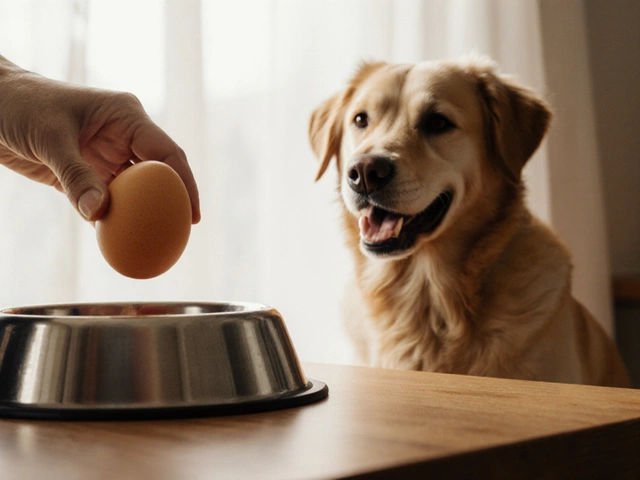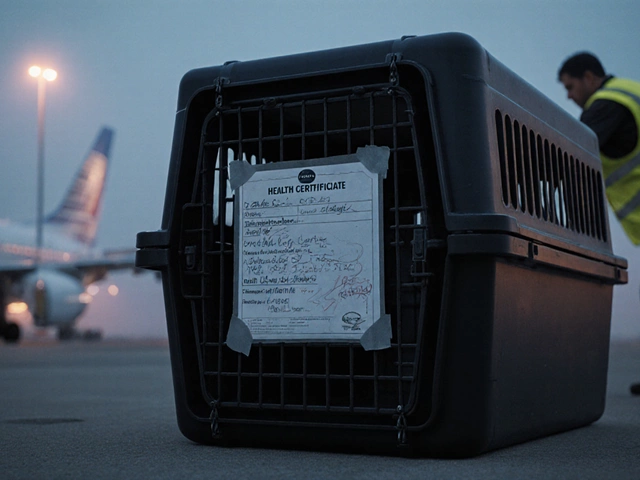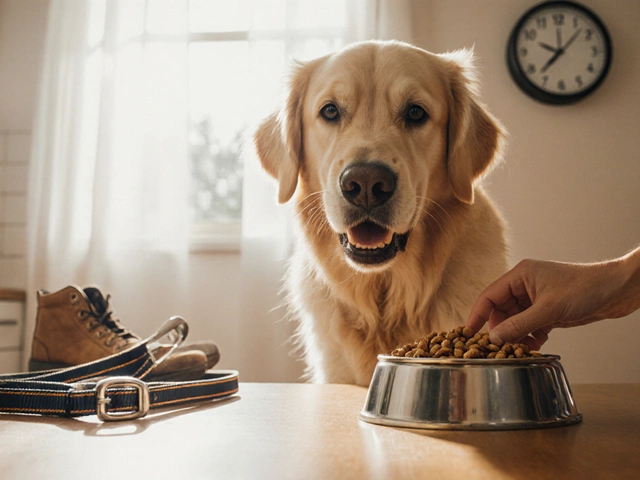Pet Care Tips for Happy Dogs and Cats
Taking care of a pet can feel overwhelming, but it doesn’t have to be. Whether you have a playful pup or a finicky feline, the right routine makes life easier for both of you. Below are easy-to‑follow ideas that cover grooming, feeding, training and safety – all the basics you need to keep your buddy healthy and happy.
Everyday Grooming & Hygiene
Start with a quick brush before any bath. Brushing removes loose hair, reduces shedding and lets you check for ticks or skin irritations. For dogs, a soft‑bristled brush works best on short coats, while a slicker brush tackles longer fur. Cats usually love a gentle comb; it mimics the way mother cats groom their kittens.
When it comes to washing, most groomers wash first, then cut. That order keeps the coat clean before you trim, making the scissors glide smoothly. Use a dog‑ or cat‑specific shampoo – human soaps can dry out their skin. Rinse thoroughly to avoid residue that could cause itching.
After the bath, dry with a towel and, if your pet tolerates it, a low‑heat dryer set on the lowest speed. While the fur is still damp, give a quick trim around the paws, ears and tail base. This keeps mud from building up and reduces matting.
Feeding & Nutrition Basics
Cats thrive on multiple small meals a day. Most veterinarians recommend feeding adult cats two to three times daily, while kittens need four to five meals because they’re growing fast. Measure portions according to the label and adjust if your cat gains or loses weight unexpectedly.
Dogs have more flexible feeding schedules. Puppies usually eat three to four times a day, then you can drop to twice daily once they’re adults. Choose a high‑quality dog food that lists real meat first and avoid excessive fillers. If you’re debating brands like Pedigree or Purina, compare ingredient lists, protein content and customer reviews to see which matches your dog’s needs.
Never leave food out for too long, especially in warm weather. Bowls that tip over can attract insects and lead to spoilage. Fresh water should be available at all times – change it daily and clean the bowl weekly.
Beyond diet, a few safety habits go a long way. When walking a dog, a harness is safer than a collar alone; it reduces strain on the neck and gives better control. For indoor cats, a night‑light can calm anxiety, but keep it dim to avoid disrupting sleep.
Regular vet visits, up‑to‑date vaccinations and parasite prevention round out the picture. The 7‑in‑1 vaccine, for example, protects against several serious diseases in one shot, simplifying the schedule. Talk to your vet about when to stop boosters for senior pets.
By sticking to these straightforward steps – brush, bathe, feed, check and visit the vet – you’ll build a solid foundation for your pet’s well‑being. Small daily actions add up, keeping tails wagging and whiskers twitching with contentment.
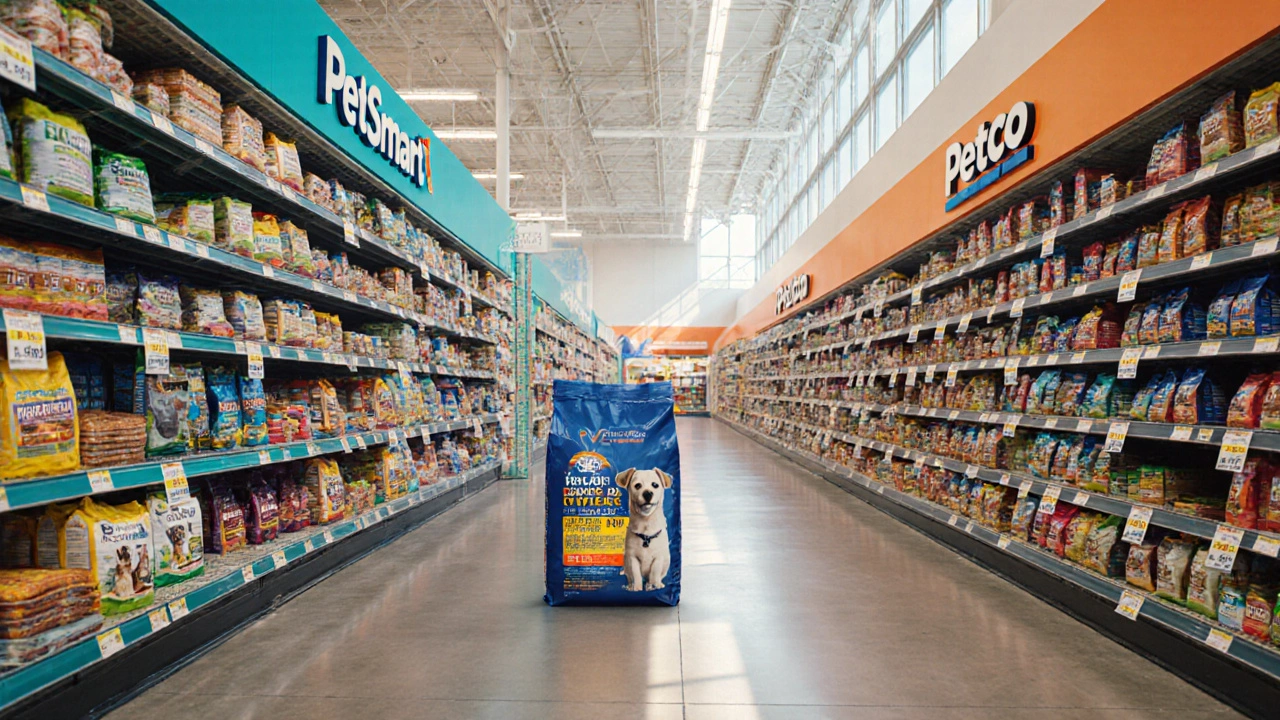
PetSmart vs Petco: Which Is Cheaper for Pet Supplies?
Compare PetSmart and Petco on prices, loyalty benefits, shipping, and store brands to discover which chain saves you more on pet supplies.
read more
How Often Should You Feed Your Cat? Best Feeding Schedule Explained
Curious how many times a day you should feed your cat? Learn the best feeding schedules, tips for picky eaters, insights for kittens, adults, and seniors.
read more
How Dog-Friendly is Maryland? Best Dog Parks, Laws & Tips for Pet Owners
Discover how dog-friendly Maryland really is. Get tips, must-visit dog parks, pet rules, and what to expect for you and your furry friend around the state.
read more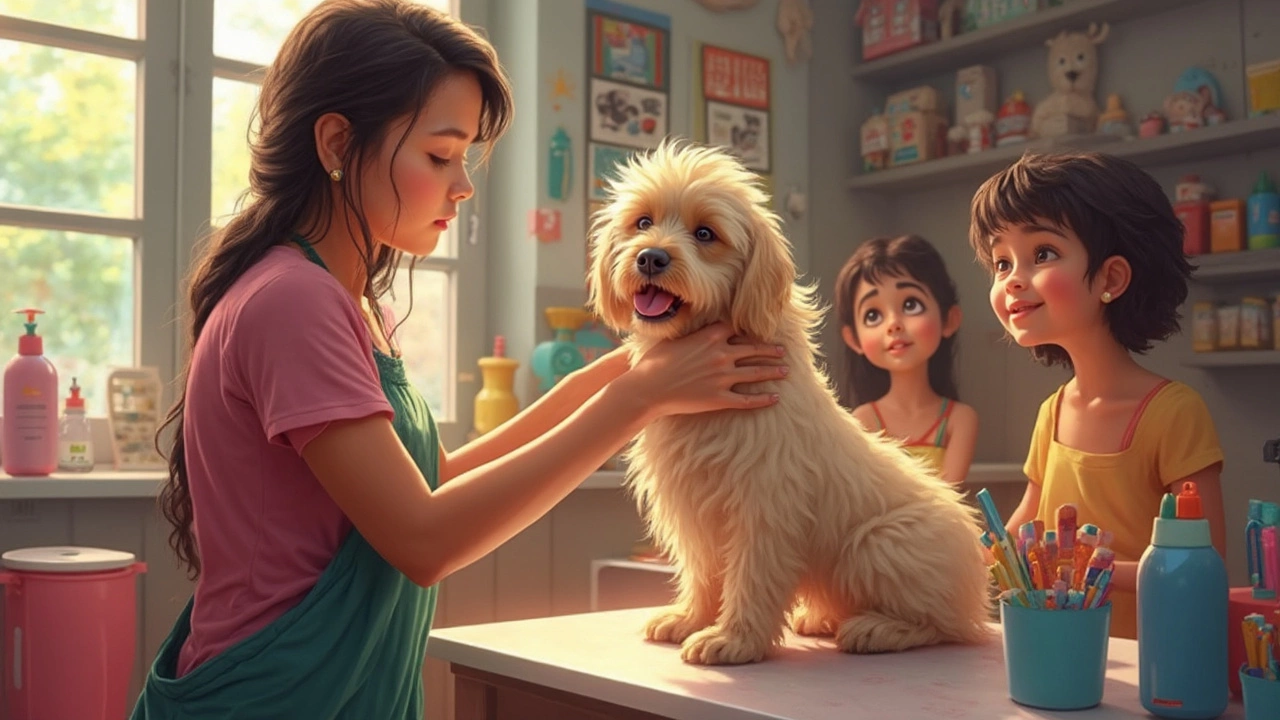
Dog Grooming Sequence: Wash or Cut First? Groomer's Proven Best Practices
Ever wondered if dog groomers wash or cut first? Here's your guide on grooming priorities, why order matters, and some top pro tips for a happy, healthy dog.
read more
Is It Safe to Walk Your Dog With Just a Collar? Expert Advice and Tips
Curious if you can safely walk your dog with just a collar? This article unpacks the pros, cons, and real-world risks of using only a collar during walks. Get expert tips, surprising facts, and practical advice for keeping your dog safe and comfortable on leash. Whether you’re a new or seasoned dog owner, you’ll find everything you need to make informed choices about collars, harnesses, and walking gear. Plus, learn about common mistakes and what veterinarians actually recommend.
read more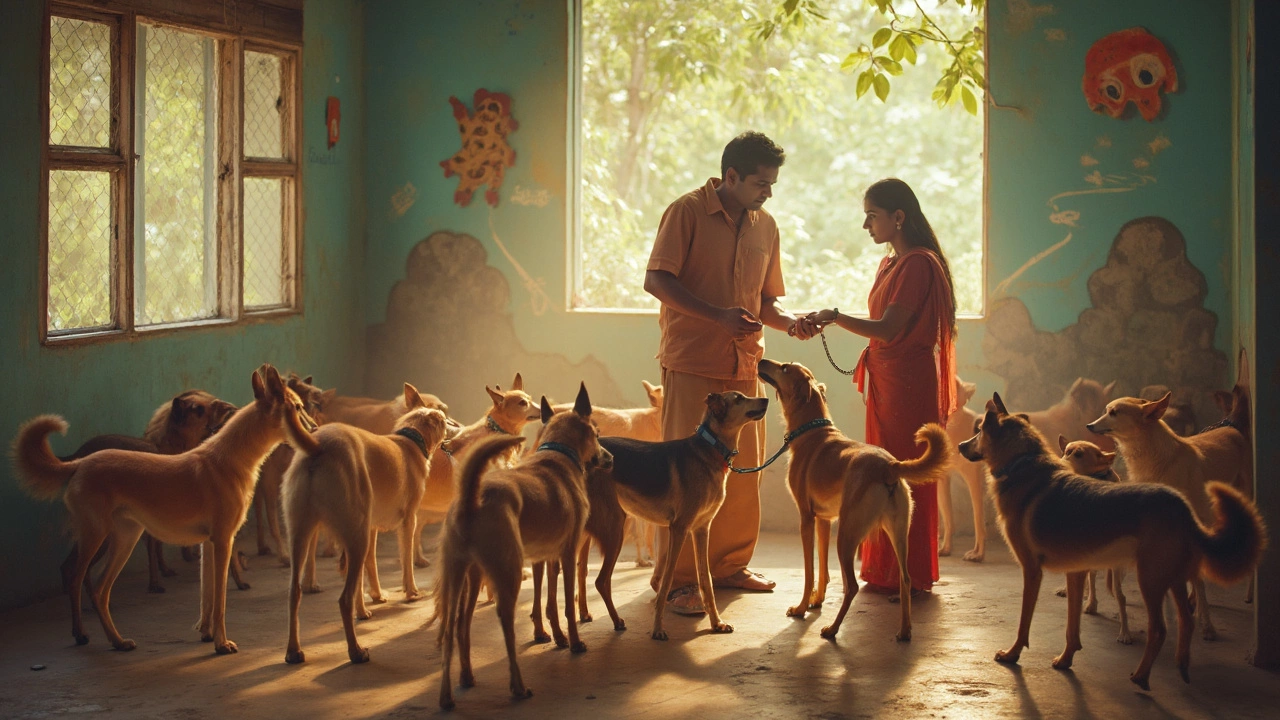
Buy or Adopt a Dog: What’s Best for You?
Choosing between buying or adopting a dog can be a big decision with lasting effects on you and your potential pet. This article explores essential factors and offers helpful insights into both options, considering elements like cost, the types of dogs available, and potential ethical concerns. Examine real-life stories, learn about the adoption process, and get practical tips about bringing home a new furry friend. This guide aims to assist potential pet parents in making the best choice for their lifestyle and preferences.
read more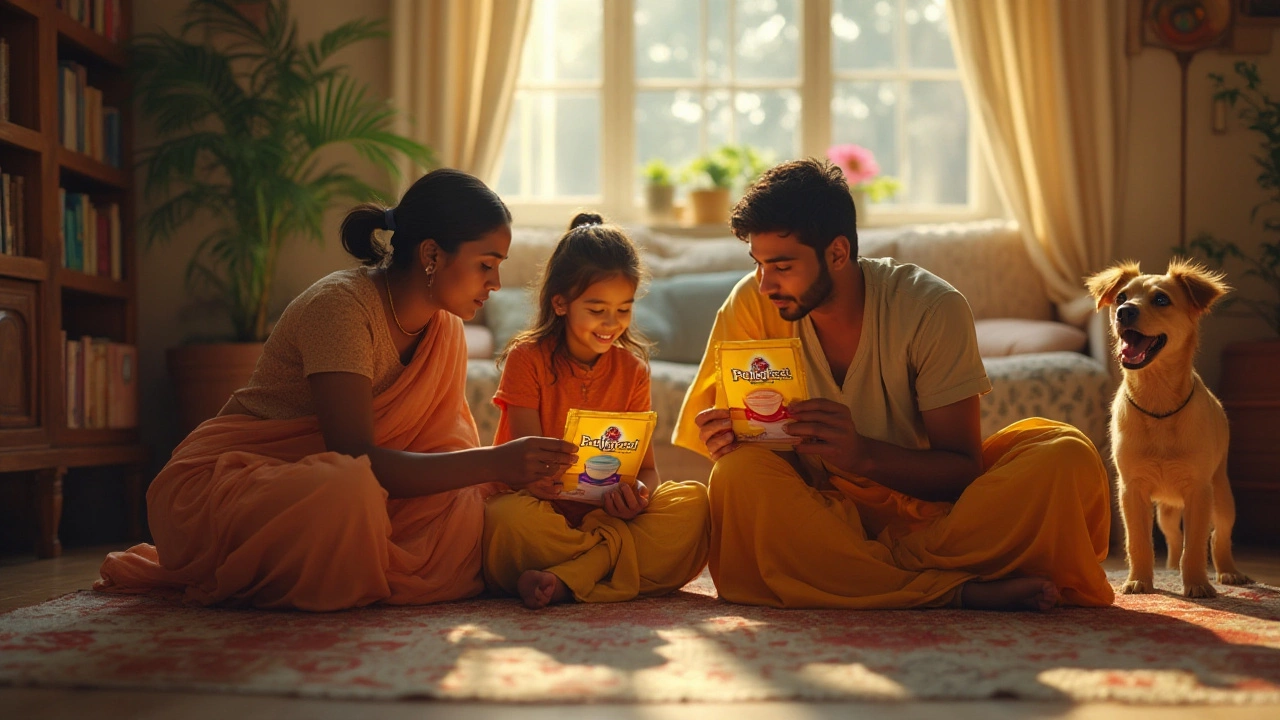
Pedigree vs. Purina: Which Dog Food is Best for Your Furry Friend?
Choosing the right dog food is essential for your pet's health and well-being. With Pedigree and Purina as two leading brands, pet owners may find it challenging to decide which is better. This article explores the ingredients, nutritional value, cost, and customer reviews of both brands. It provides insights into what dogs love and gives tips to help you make the best decision for your beloved pet.
read more
When Should You Stop Vaccinating Your Dog?
Vaccinating your dog is vital to ensure their healthy life, but knowing when to stop isn't always clear. This article explores age-related vaccination guidelines, special considerations for senior pets, and how to discuss a personalized vaccination plan with your veterinarian. It provides insights into vaccine types and their necessity over a dog’s lifespan. Understanding these aspects can help make informed decisions about your dog's healthcare.
read more
Should You Leave a Light On for Your Dog When You Leave Home?
Deciding whether to leave a light on for your dog while you're away can influence their comfort and behavior. Dogs, much like humans, can feel anxious in the dark, and a soft glow may help ease their nerves. However, understanding how your dog's senses work and what truly soothes them is vital. The right choice can depend on a variety of factors like your dog's personality, age, and comfort with being alone. Explore practical tips to make your pet's home life more comfortable when you're not around.
read more
Understanding the 7-in-1 Vaccine for Dogs: Key Benefits and Insights
The 7-in-1 vaccine for dogs is a crucial component in maintaining a pet's health, combining protection against multiple diseases in one shot. It covers serious ailments, including canine distemper, hepatitis, and parvovirus, among others. This multi-protection approach simplifies the vaccination process, ensuring significant safeguarding of your dog's well-being. Continuing your dog's vaccinations according to schedule can drastically reduce their risk of serious illnesses. Understanding the components and timing of this vaccine is essential for responsible pet ownership.
read more
Essential Puppy Training: Start with the 'Sit' Command for Behavior Success
Training your puppy starts with teaching basic commands to help establish good behavior. The 'sit' command is often the most beneficial command to start with because it lays the foundation for other commands and helps your puppy focus. This article dives into reasons why 'sit' should be your first command, along with effective strategies and the potential benefits it offers both you and your furry companion. Learn how you can incorporate toys into your training regime to make the process enjoyable and engaging for your puppy.
read more